In total, we have 23 indicator leaflets (presented in D6.2 – Revised set of key indicators), including 1 overview leaflet on project output indicators and 22 leaflets linking to the 5 overarching objectives and specific goals of HBM4EU. They provide information for 28 indicators as some of them have been grouped on one leaflet.
The indicator leaflets give very valuable information on the progress of HBM4EU in relation to the specific goals of the project. Combining the information from these leaflets in the frame of expected impacts will allow us to put forward conclusions regarding the impact and sustainability of HBM4EU.
Please download the leaflets from this link.
Five additional leaflets have been developed to measure the impact of the project. Click on the preview below to access the impact leaflets:
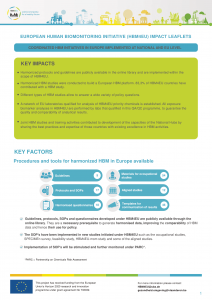
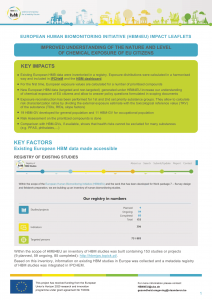
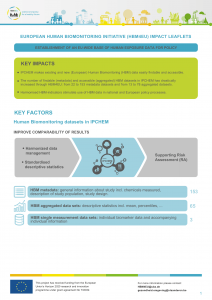
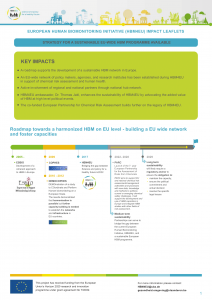
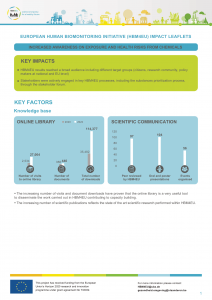
Disclaimer
The HBM4EU project was launched in 2016 with the aim of improving the collective understanding of human exposure to hazardous chemicals and developing HBM as an exposure assessment method. The project had €74m in funding and jointly implemented by 120 partners from 28 participating countries – 24 EU member states plus Norway, Switzerland, Iceland and Israel and the European Environment Agency. One of its aims was to ensure the sustainability of HBM in the EU beyond 2021. The project ended in June 2022. The website will not be updated any longer, except the page on peer reviewed publications, but will be online until 2032.


